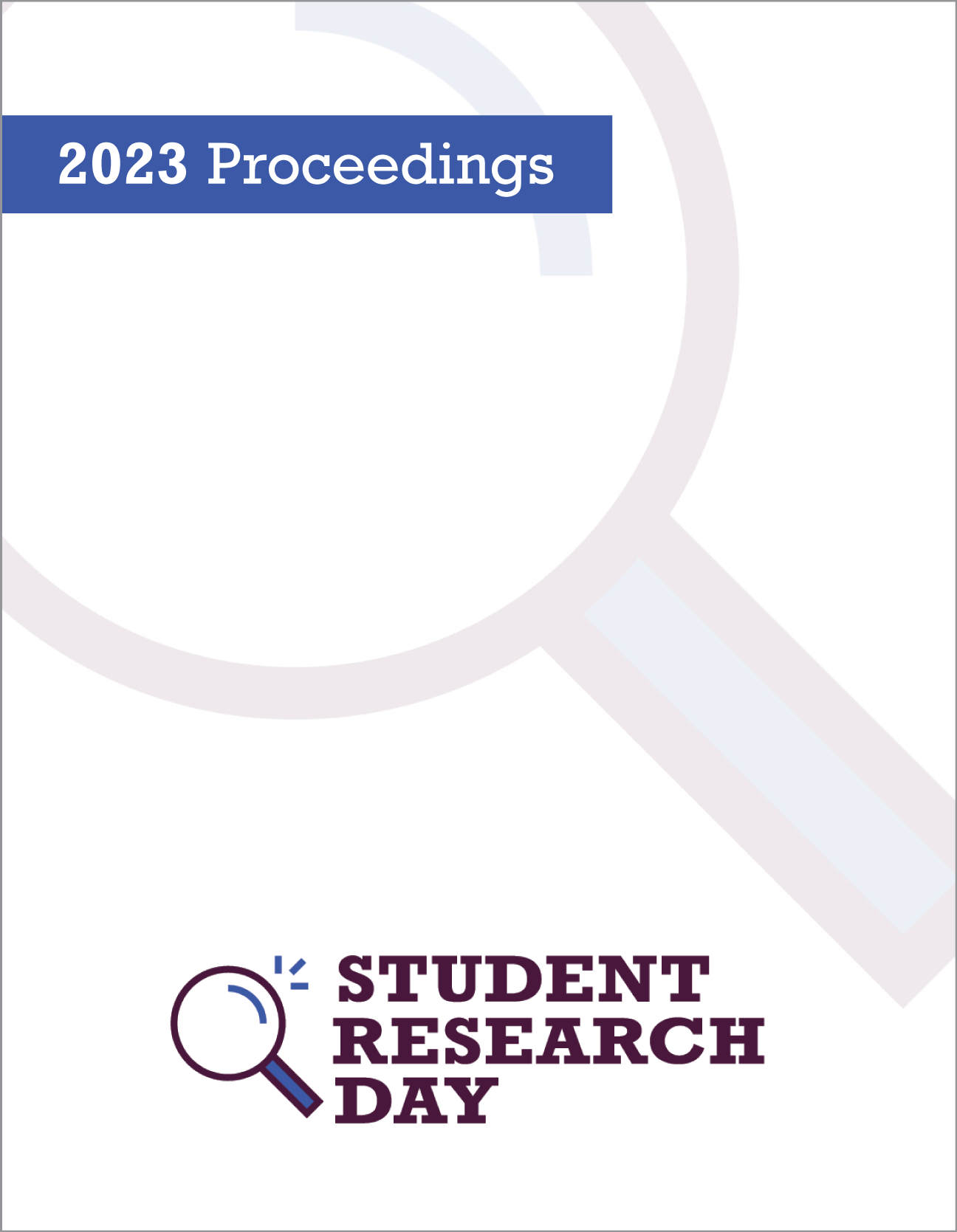Microplastic Ingestion in Arctic Zooplankton Species
Abstract
Plastic pollution serves a threat to marine ecosystems as it poses a risk for entanglement, causes destruction of natural habitats, and can cause adverse effects when ingested by organisms. Recently the focus has been on microplastic pollutants, which are pieces of plastic debris ranging from 1 μm to 5 mm and not visible to the naked eye. Microplastics are ingested by zooplankton, which represent the base of the arctic food web and therefore serve an important species to monitor microplastic uptake. This project investigates microplastic levels in several species of marine zooplankton collected from various locations within the Canadian Arctic. We predict microplastics such as polyethylene and other synthetic polymers will be present within bulk and five individual species of Arctic zooplankton. The samples were rinsed with filtered water to ensure microplastics on the surface of the specimens were removed in order to accurately examine ingested material. After rinsing, the zooplankton samples were digested using 20% KOH on a heating block with magnetic stirrers for 24- 48 hours to break down tissue and the exoskeleton. Samples were filtered using a vacuum filtration setup and rinsed with ethanol to remove remaining KOH and breakdown lipids. Microplastics will be characterized based on their color, size, and morphology, and will undergo Raman Spectroscopy, which is used for microplastic identification. The importance of identifying ingested microplastics within zooplankton is to determine how prevalent microplastics are within marine habitats and this work will also serve to establish baseline data for further monitoring in the region.
Faculty Mentor: Dr. Matthew Ross
Published
Issue
Section
License
Authors retain any and all existing copyright to works contributed to these proceedings.



